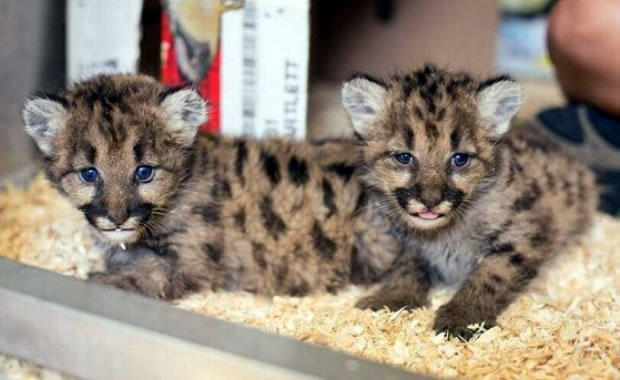
Creature Profile
The great white shark is a huge marine animal that is mistakenly thought to be the greediest predator in the sea. It weighs an average of 7,496 lb and measures an average of 21 feet and has a powerful body that is streamlined for speedy movement in water. Its snout is pointed, and it has noticeable eyes that are black. Its top-side is bronze to gray in color while the belly is whitish. Its mouth is filled with impressively lined-up teeth that are pointed, sharp and saw-like. It has a broad triangular fin on the upper part of its body and a large fin on each side. On both sides are gills located just before the pectoral (side) fins. It has a caudal (tail) fin that is shaped as a crescent.
The great white shark lives alone or in pairs, but it is sometimes found in groups, especially when feeding on carcasses. Diet consists of sea birds, carrion, squid, crabs, dolphins, seals, porpoises, octopi, rays, sharks, whales, and bony fishes, rockfish and bluefin tuna among several other feeds. It sometimes attack humans and feeds on them. It spends its entire life in the oceans, and it lives within zero to 4,000 feet underwater in the Atlantic, Indian and Pacific Oceans and the Mediterranean Sea. The great white shark reproduces through fertilization of eggs that grow within the females. However no session of mating has ever been witnessed. Gestation period can take about a year after which up to ten pups are born. A female gives birth a single time every two or three years. The young are about three feet in length at birth. They reach sexual maturity at ten years for males and between 12 to 18 years for the females. The pups are left independent immediately after birth and instantly turn predators upon expulsion. They grow about ten inches every year. Great white sharks can live up to 30 years.
The great white shark has many threats, including increased illegal killing due to negative information spread by the media, falling target to sports fishing, being killed for its teeth and jaws, and it is vulnerable to capture and trauma as it is a curious animal that often approaches ships and fishing boats. Also, overfishing, and habitat pollution are some other threats. In 2002, the species was included in the two Appendices of the Conservation of Migratory Species, and there is currently a ban of the use or trading of its parts. The species is also protected in United States and Australian waters. No data exist on its population historically and currently. Some of the conservation actions have helped while others face challenges in their implementation. There is a need to do more to conserve this species.
Wikipedia Article

|
Wikipedia Article Copyright Notice: This article is licensed under the GNU Free Documentation License. It uses material from the Wikipedia article "Great white shark". |
April 1, 2017
Glenn, C. R. 2006. "Earth's Endangered Creatures - Great White Shark Facts" (Online). Accessed 4/16/2024 at http://earthsendangered.com/profile.asp?sp=14021&ID=10.
Need more Great White Shark facts?




